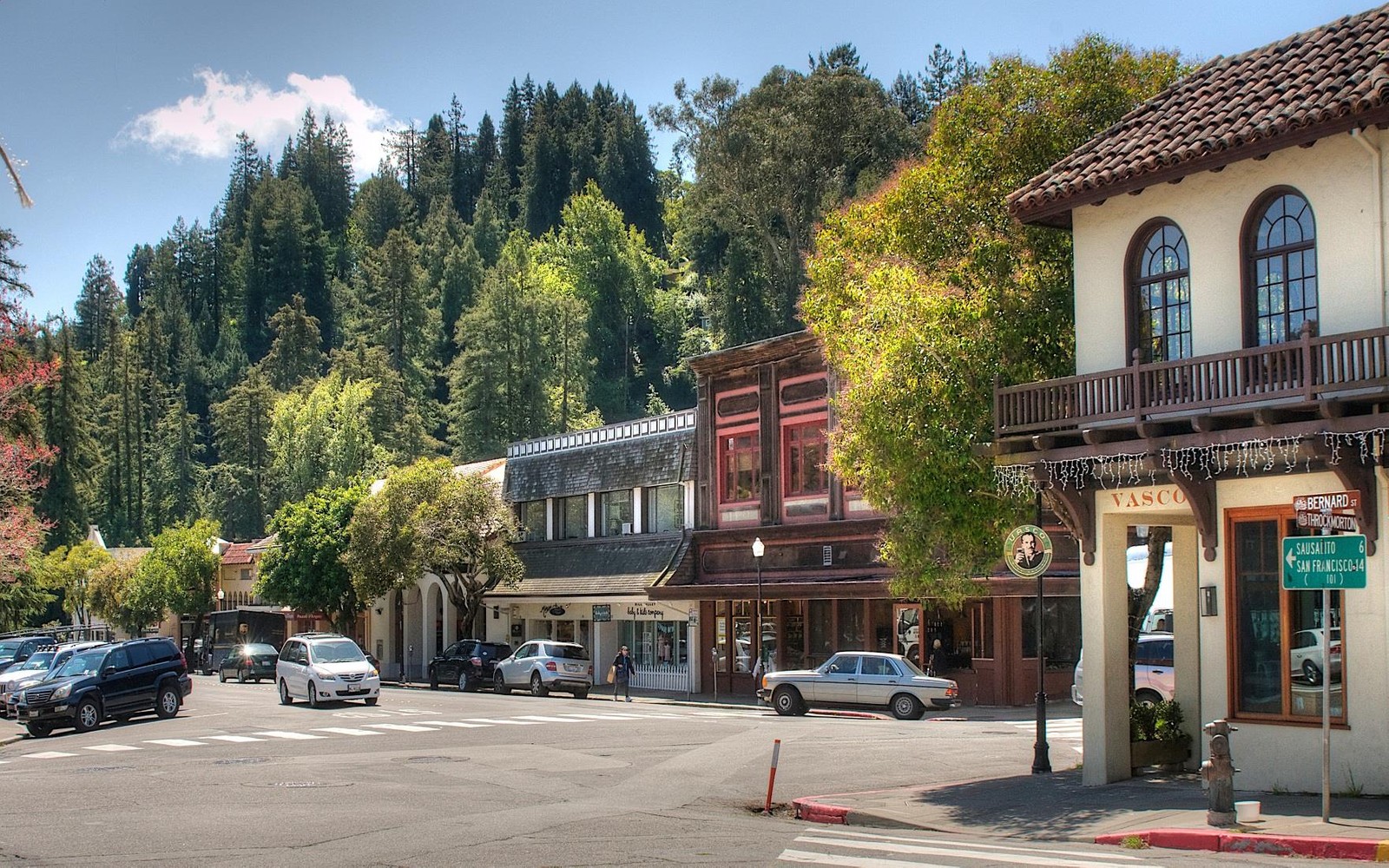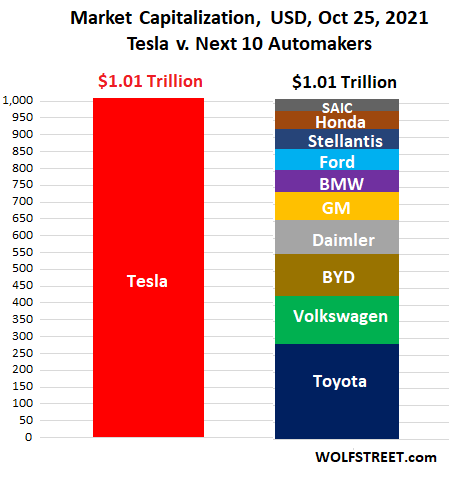Square has competitive, transparent pricing so you know exactly how much you’re paying to process credit and debit cards. It’s just 2.65% per tap, dip or swipe for Visa, Mastercard, American Express and international credit cards, 3.4% + 15 cents for each card not present transaction (like Virtual Terminal), and 2.9% + 30 cents for other transactions (like invoices paid online). For debit transaction, it’s just a 10 cent flat fee for every Interac insert and tap.
Now a currency, like Bitcoin, is probably closest to Interac. So that is about 7.9 cents in USD. What are the transaction fees like with Bitcoin? Well, they are not fixed but it is a bidding process. Looking at the past year or so we have fees like:
- June 13th USD$2.492
- June 12th USD$1.258
- March 2nd USD$4.471
The lowest of these would be 16 times the Interac rate and would pull level with VISA at nearly the USD$100 mark. Keep in mind this is while rewards for miners are still happening so prices could still go up.
On April 19, 2021, it reached a peak of USD58.858.
Now consider an Interac transaction for a cup of coffee. The best coffee is starbucks [That's the only factual error in this post -- MP] and it costs $2.10 plus 13% HST tax for a cup in Ontario (specific locations may vary). An Interac card leaves the store with $2.00 revenue for the cup. Visa leaves the store with $2.04. So a profitable transaction. Now interac is currently running 7 transaction per second but it is in only one small country (Canada) with 40 million inhabitants. Bitcoin is traded worldwide.
With a bitcoin the cost on June 13th would be about CAD$3.19 for a net loss. If the customer pays the fee then the cost of a cup of coffee, after tax, goes from $2.37 to $5.56 if you pay the average transaction fee. Paying low transaction fees may make the processing unattractive.
How long does this take on average at the storefront with all going well? Estimates of about 10 minutes are not reassuring for a coffee shop. Small interac transfers are very fast compared to that (I find the actual interface takes 10-15 seconds to confirm).
Other currencies don't seem to be a solution. Ethereum was USD$2.182 on June 13th, 2022 which isn't a huge advantage over bitcoin. Nor does the 30 transaction per second compare favorably to VISA. Proof of stake is interesting but one might want to wait a bit and make sure it was not vulnerable to clever coders or investors, as coding errors have caused a hard fork before.
Now, keep in mind the use case of Bitcoin is as a currency and not an investment. The idea is to get in early before everyone uses it, which essentially requires it to be deflationary to make a buy and hold strategy rational. So you have a slow, expensive technology that can't solve the basic problems that paper currency can? But it is both deflationary, volatile, and hard to estimate transaction costs on.
Are these good properties?





